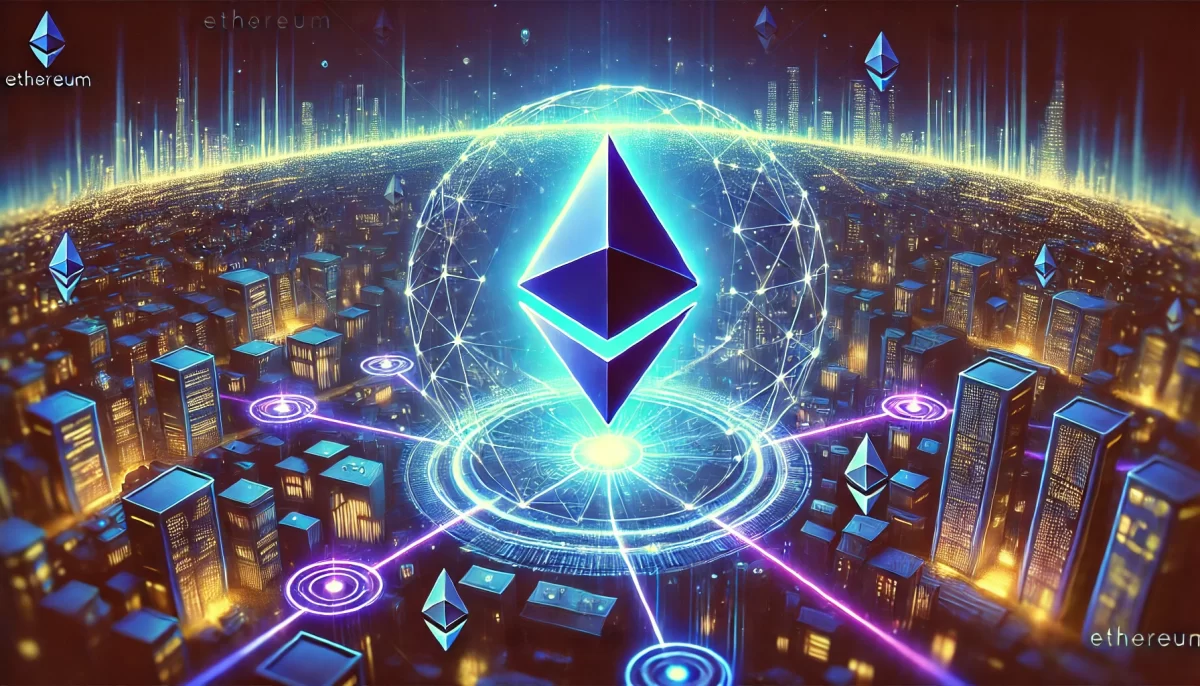Ethereum Introduces ‘Pectra’ Upgrade to Enhance Network Efficiency and Scalability
Ethereum is set to launch a significant upgrade named ‘Pectra,’ aimed at boosting network speed, improving scalability, and creating a more user-friendly environment. This upgrade will include various changes such as modifications in gas fee payment methods, enhanced smart contract execution speed, and a revamped validator reward system.
# What is the Pectra Upgrade?
Pectra amalgamates the previously planned Prague and Electra upgrades, enhancing both the execution layer and consensus layer of the Ethereum network. The upgrade comprises 20 Ethereum Improvement Proposals (EIPs), aiming to optimize smart contract execution, improve validator management, and strengthen network scalability. It also lays the groundwork for the integration of ‘Verkle Tree,’ a next-generation data structure, to ensure long-term performance improvements.
# Background and Necessity of the Upgrade
In 2022, Ethereum transitioned to a Proof of Stake (PoS) system through ‘The Merge’ and aimed to address scalability with the ‘Cancun’ upgrade in 2024. However, issues such as high transaction fees, limited scalability, and complex user interfaces still persist. Pectra focuses on improving network efficiency, optimizing smart contracts, refining the validator system, and enhancing Layer 2 scalability. Notably, it also aims to increase storage efficiency and facilitate smoother validator participation.
# Key Improvements and Expected Benefits as per EIPs
The Pectra upgrade targets comprehensive improvements in network scalability, efficiency, and security with specific expected benefits outlined below:
## Data Management Optimization
Enhancements in the data storage method of the Ethereum network will enable more efficient operations. EIP-2935 introduces a system to store recent block hashes in the state data. This allows Ethereum nodes to quickly verify necessary data without storing the entire blockchain, reducing operational burdens and enhancing processing speed.
## Validator System Overhaul
Significant changes are also introduced to the operation of Ethereum validators. EIP-7002 permits validators to directly withdraw and manage funds through the execution layer, increasing the flexibility and liquidity of staked ETH. Additionally, EIP-7251 proposes raising the maximum staking limit for validators from 32 ETH to 2048 ETH, simplifying the network’s validation structure by reducing the need for multiple node operations by large validators.
## Ethereum Virtual Machine (EVM) Optimization
The execution efficiency of smart contracts in the Ethereum network will be enhanced. EIP-7692, a Meta EIP comprising 11 EIPs aimed at improving the EVM object format (EOF), is part of the upgrade. This will reduce the deployment costs and significantly speed up the execution of smart contracts, offering developers the ability to design more efficient code structures.
## Scalability Enhancements and Support for Layer 2 Networks
Technical improvements to enhance the scalability of the Ethereum network are also being made. EIP-7594 introduces Peer Data Availability Sampling (PeerDAS) to improve the data availability of Layer 2 networks (e.g., Arbitrum, Optimism). This is expected to accelerate transaction speeds and reduce transaction costs, thereby enhancing the overall scalability and user experience of Ethereum.
# Impact of the Pectra Upgrade on Users and Developers
The Pectra upgrade is poised to affect all stakeholders using Ethereum, extending beyond mere technical enhancements.
## Users: Diverse Payment Options for Gas Fees
Currently, Ethereum requires holding ETH to pay gas fees. With the Pectra upgrade, account abstraction will be introduced, allowing gas fees to be paid with specific tokens (e.g., USDC, DAI). Additionally, third-party services may also cover gas fees through a ‘gas fee sponsor’ function. These changes will lower entry barriers for new users and offer a more intuitive blockchain experience.
## Developers: Enhanced Smart Contract Execution Speed
Developers can expect positive changes with the Pectra upgrade. The optimization of the EVM object format will lower smart contract deployment costs and increase code execution speed. New features facilitating efficient code structure design will further enhance the overall network performance.
## Expanded Validator Participation
Currently, validators need to stake 32 ETH. However, post-Pectra, validators will benefit from a raised staking limit to 2048 ETH (EIP-7251), flexible staking withdrawal methods (EIP-7002), and integration features. These changes will not only increase operational efficiency but also expand the potential for new validators to join the network, enhancing its stability and security.
# Pectra Upgrade Phases
Initially intended as a single upgrade, the development team decided to split Pectra into two phases to address technical complexities and risks. Phase 1, scheduled for April 2025, will prioritize user-friendly features such as account abstraction and validator improvements. Phase 2, set for 2026, will introduce more technical changes like Verkle Tree and PeerDAS.
# Potential Impact on ETH Price
It remains uncertain whether the network improvements will directly lead to an increase in ETH prices. However, enhanced network stability and scalability may attract more institutional investors, and reduced transaction costs and speeds may lead more developers to choose Ethereum.
# Pectra: A Milestone for Ethereum
The Pectra upgrade sets the foundation for Ethereum’s future scalability, representing more than just technical improvements. The overhaul of the validator system, smart contract optimization, and enhanced Layer 2 scalability are expected to significantly elevate Ethereum’s network efficiency and usability. While additional adjustments may occur within the developer community in the coming months, Pectra stands as a pivotal milestone in Ethereum’s evolution into a more efficient and robust blockchain platform.




